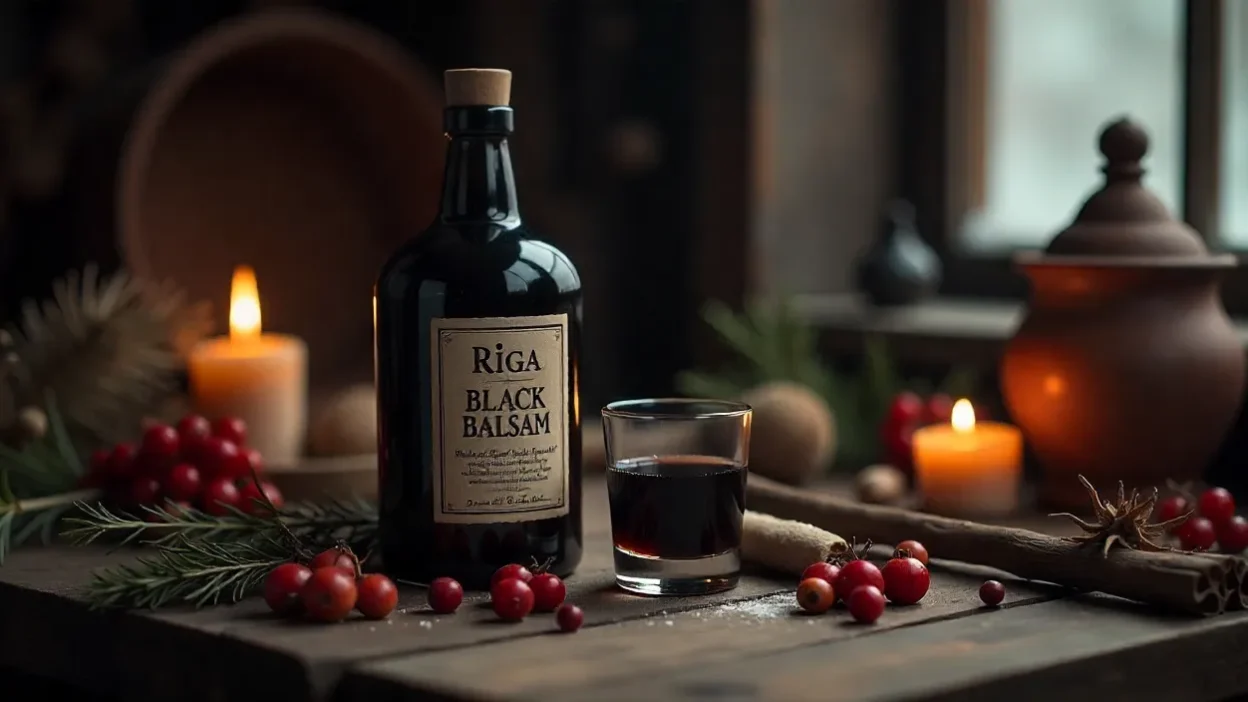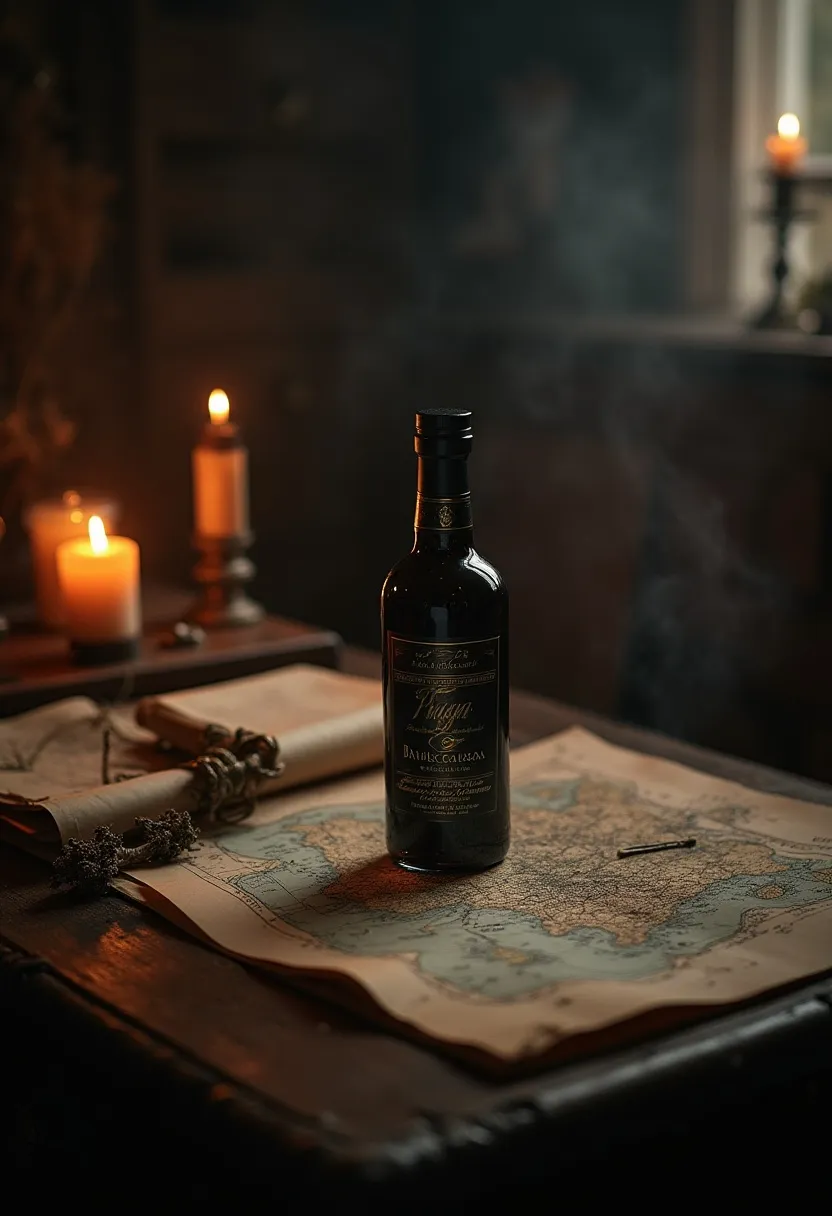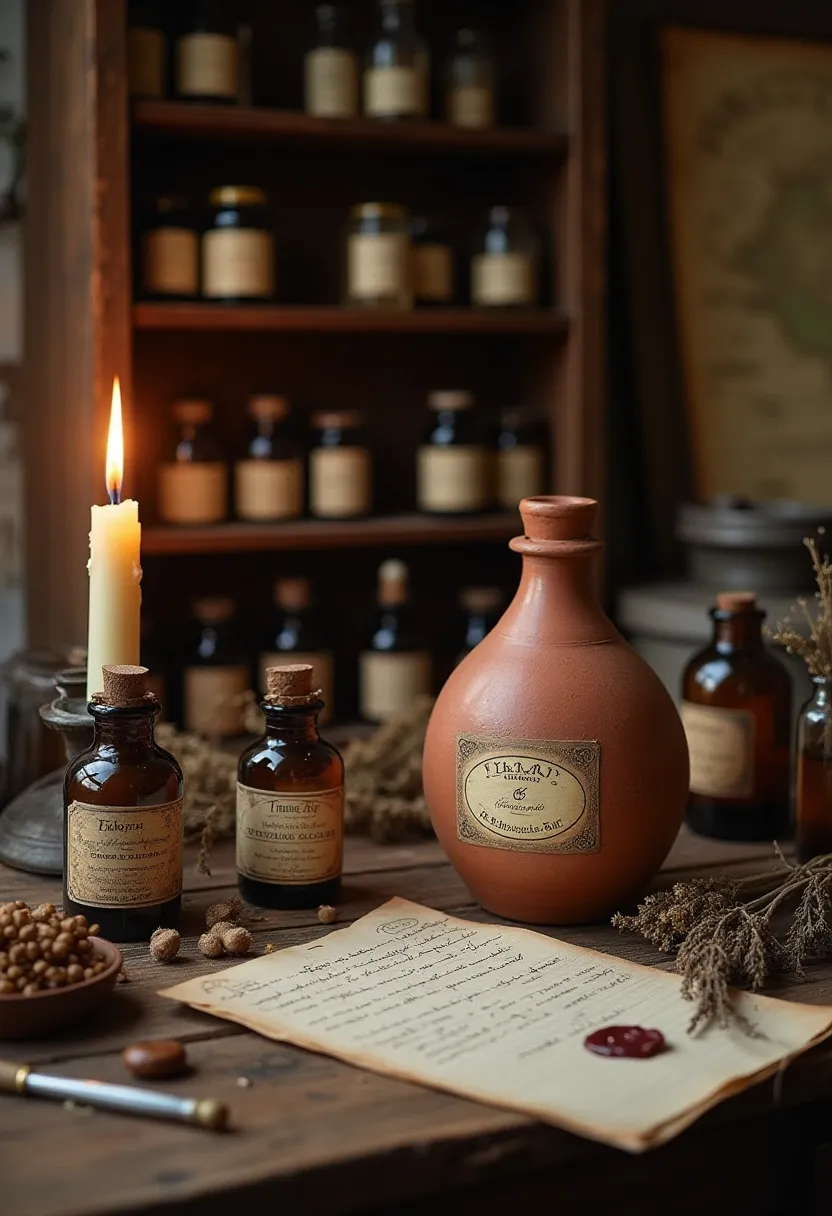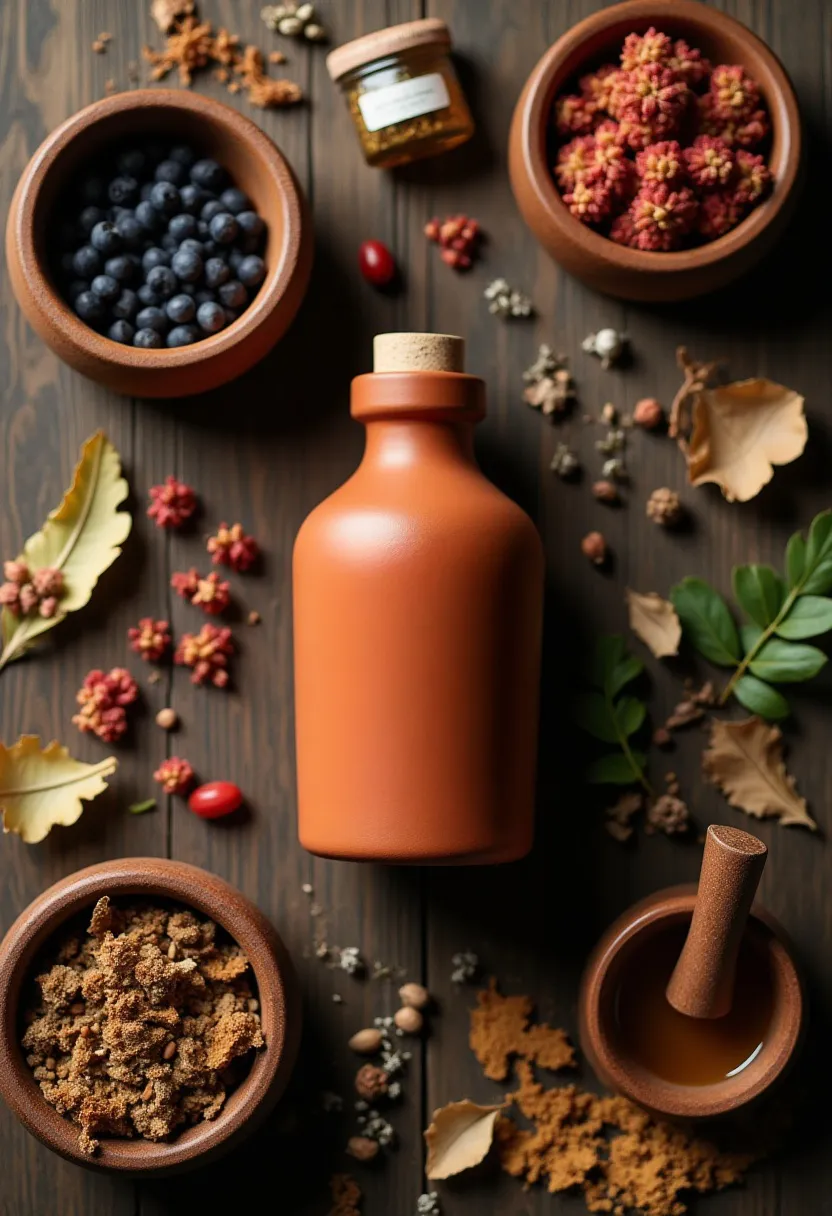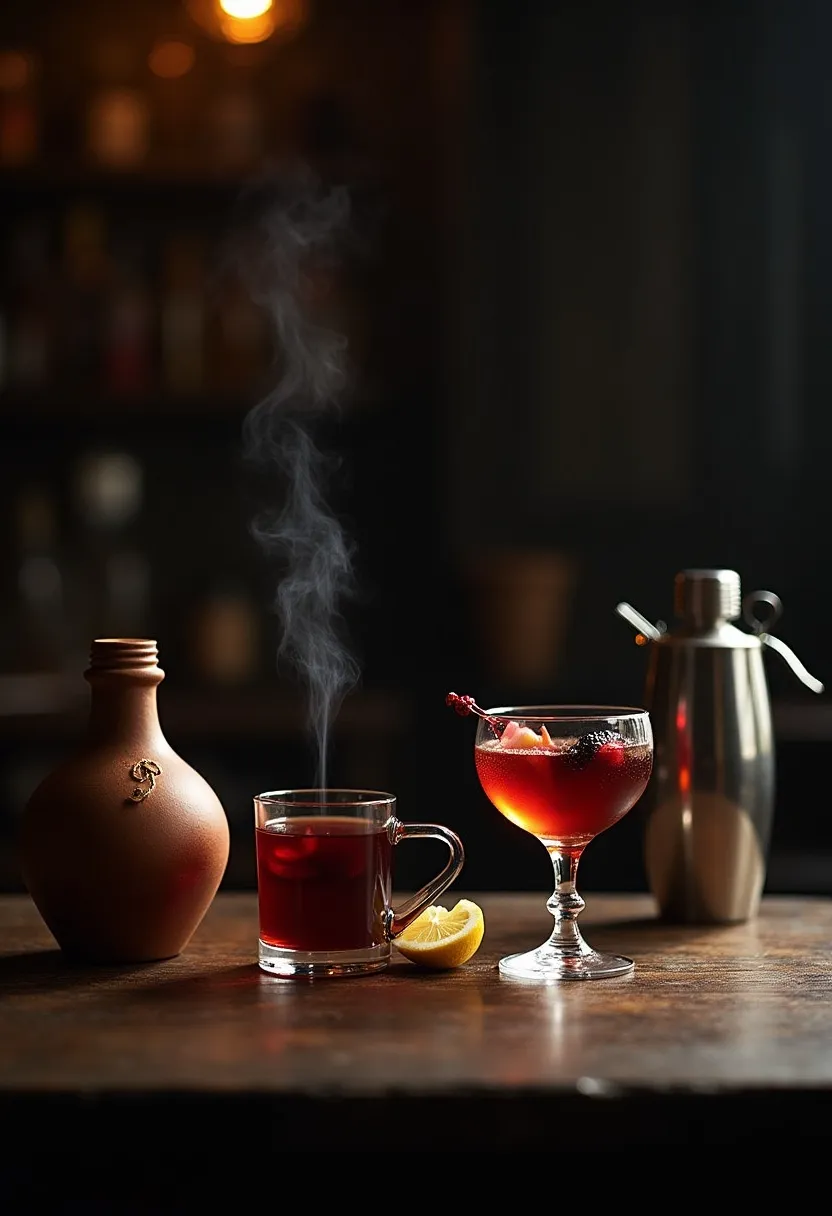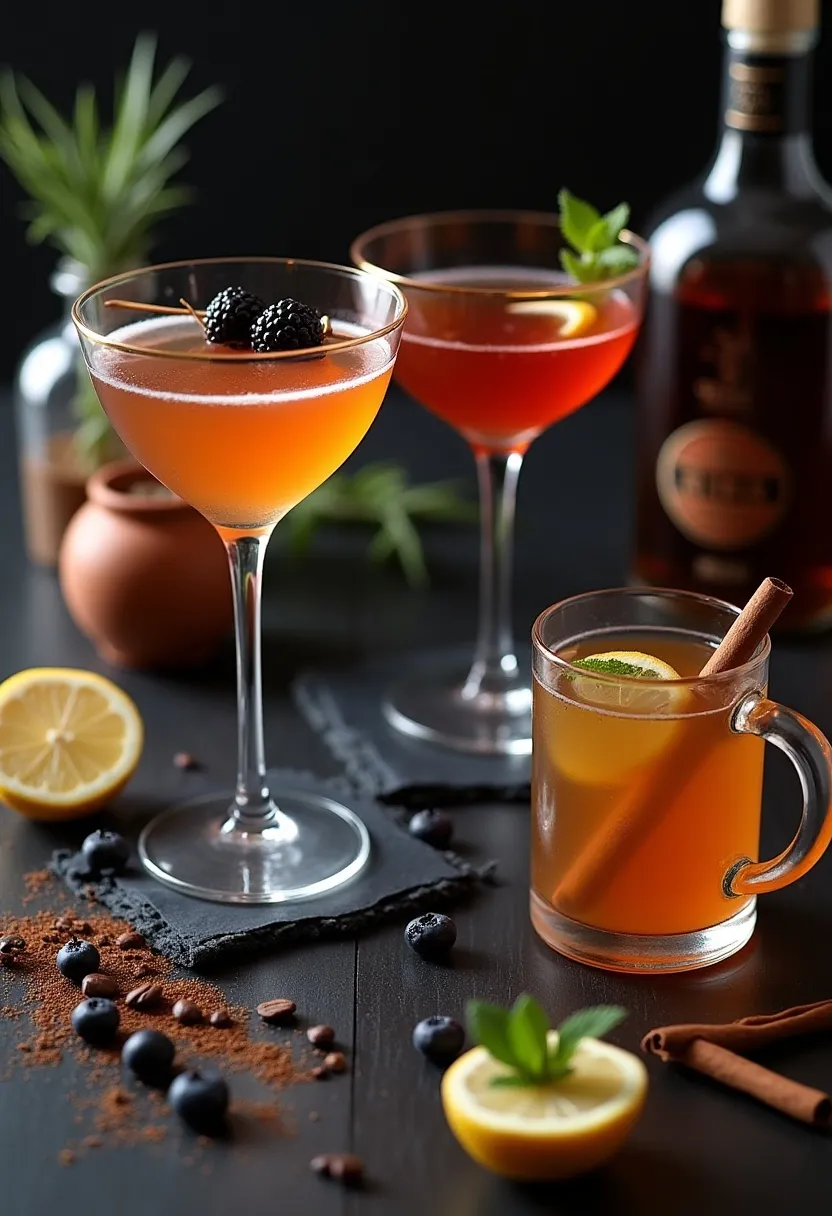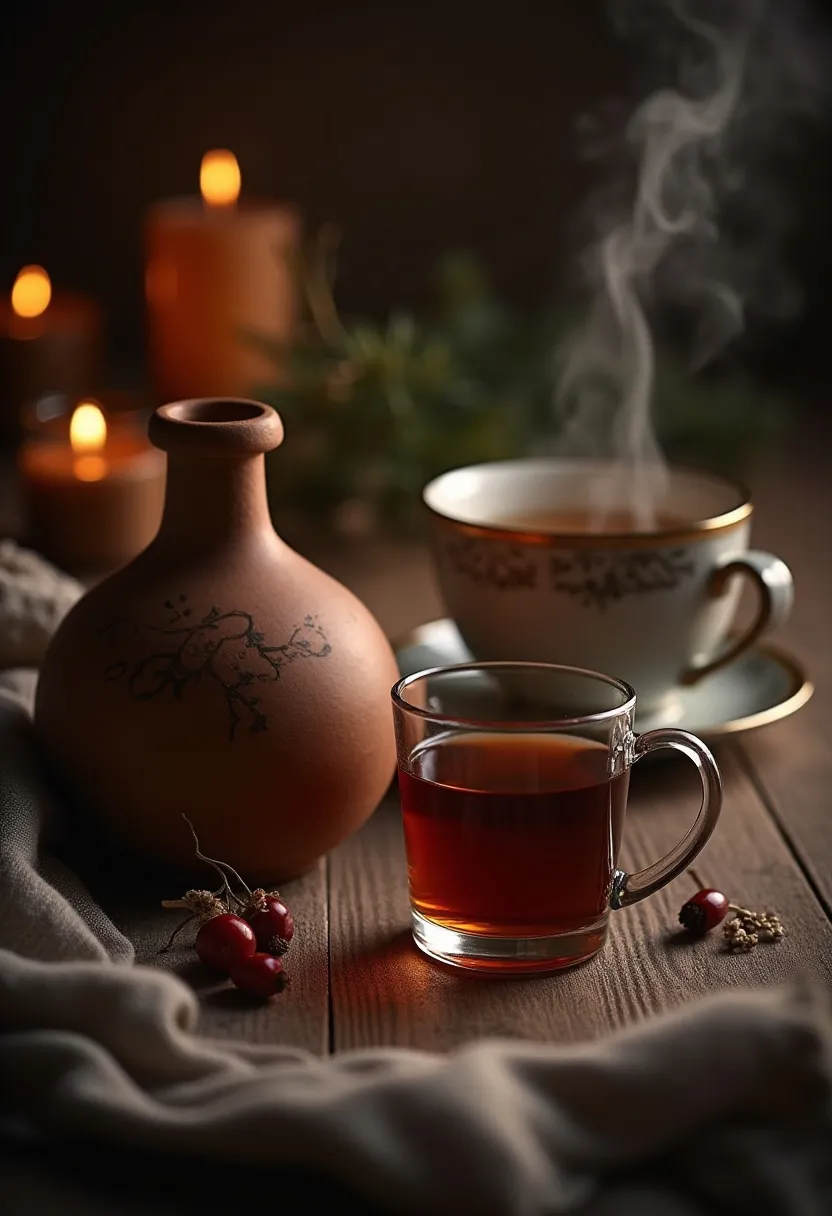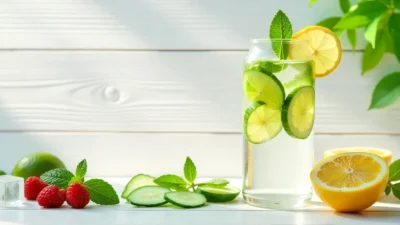Contents
- Introduction: More Than a Drink — A Baltic Legend in a Bottle
- Save
- Historical Origins: From Apothecary Cure to National Treasure
- The Composition: 24 Botanical Ingredients & Craftsmanship
- How to Enjoy Riga Black Balsam: Traditional Rituals & Modern Mixology
- Signature Cocktails You Must Try
- Conclusion: A Baltic Elixir Worth Discovering
Introduction: More Than a Drink — A Baltic Legend in a Bottle
Deep, velvety black. Aromatic, layered, mysterious.
Riga Black Balsam isn’t just a spirit — it’s a centuries-old Latvian ritual, a bittersweet tonic born from herbal alchemy and preserved in clay for almost 300 years.
Created in the mid-18th century by pharmacist Abraham Kunze, this unique herbal liqueur has moved from apothecary shelves to modern cocktail bars, gaining global recognition one sip at a time. Today, it sits proudly among Europe’s most iconic specialty spirits — as intriguing to newcomers as it is nostalgic to Baltic locals.
With 24 natural ingredients, rich bittersweet complexity, and a signature matte ceramic bottle, Riga Black Balsam stands in a category of its own — not quite a bitter, not quite a liqueur, but something ancient, refined, and beautifully intense.
Whether you’re a cocktail enthusiast, a traveler collecting world flavors, or a curious foodie, prepare to explore a drink where tradition, craftsmanship, and bold character meet.
This isn’t just alcohol — it’s a piece of Latvian soul.
In this guide, we’ll dive into its fascinating history, the botanicals that build its depth, how to drink it like a local, and modern cocktail recipes that show just how versatile this Baltic treasure can be.
Historical Origins: From Apothecary Cure to National Treasure
Long before mixologists were shaking bottles behind neon bars, Riga Black Balsam began its life in a place of healing — not indulgence.
The year was 1752, and Riga pharmacist Abraham Kunze crafted a potent herbal elixir designed to aid digestion, soothe ailments, and revive the weary. At the time, bitters weren’t cocktails — they were medicine. And Kunze’s creation quickly gained a reputation across the Baltic region as a remedy for everything from stomach troubles to chills.
Legend goes even further:
Empress Catherine the Great of Russia reportedly enjoyed the tonic after once falling ill in Riga — an imperial endorsement that helped cement its prestige and mystique.
But Riga’s relationship with balsam stretches even deeper than its Enlightenment-era fame. Historical records hint at local balsam-making traditions dating back to the 16th century, where residents preserved healing herbs in spirits during the dark northern winters.
Through wars, cultural shifts, and changing tastes, one thing remained constant — Latvia protected its elixir. Even when production briefly halted in the 19th century, local distillers revived the recipe, ensuring that the legacy continued. Today, the drink remains a national symbol — as recognizable to Latvians as whisky to Scots or aquavit to Scandinavians.
It’s more than a beverage.
It’s folklore sealed in clay.
A quiet testimony to the Baltic tradition of drawing strength from nature — one sip at a time.
The Composition: 24 Botanical Ingredients & Craftsmanship
Part of what makes Riga Black Balsam so captivating is its mystique. The exact recipe remains guarded, passed down through generations like a family secret whispered only to master distillers. But what we do know paints a vivid picture of extraordinary craftsmanship.
🌿 24 Natural Ingredients — A Herbal Orchestra
Inside every bottle lies a complex harmony of 24 botanicals, carefully balanced to create depth, heat, sweetness, and lingering bitterness. While the full formula remains confidential, traditional components are known to include:
- Valerian root — earthy, grounding calm
- Wormwood — signature bitter backbone
- Pepper and ginger — warming spice and gentle fire
- Melissa (lemon balm) — soft herbal citrus
- Blueberries & raspberries — subtle fruity roundness
- Linden blossom — fragrant, floral softness
- Birch buds & oak bark — distinctly Northern forest tones
- Cocoa — surprising hint of chocolate richness
This interplay of forest, field, spice cabinet, and apothecary chest gives the balsam its dark, velvet-rich character — one that unfolds in layers instead of speaking all at once.
🍶 Old-World Craft in a Modern Age
The creation process is painstaking and proudly traditional:
- Ingredients are infused into a spirit base, allowing the botanicals to fully release their oils and essence.
- The infusion is aged in oak, rounding sharp notes and deepening complexity.
- Only then is it blended with softened water, honey, and natural juices for balance.
Finally, it’s bottled not in glass — but in distinctive clay vessels. This isn’t just aesthetic nostalgia; ceramic helps preserve flavor, shielding the liquid from light and temperature changes, as it did centuries ago.
🎨 Flavor Profile
Expect a bold, elegant spectrum:
| Taste Note | Description |
|---|---|
| First impression | Dark, woody, herbal |
| Mid-palate | Spicy, warm, bittersweet |
| Finish | Long, slightly chocolate-bitter, earthy, aromatic |
It’s a drink that demands patience — and rewards curiosity.
Sip slowly. Let it evolve. Every second reveals something new.
How to Enjoy Riga Black Balsam: Traditional Rituals & Modern Mixology
Riga Black Balsam may have been born in an apothecary, but today it lives in two worlds — as a heritage sipping tradition and a darling of contemporary cocktail bars. Whether you prefer it neat or shaken into something creative, the charm lies in discovering how its rich bitterness transforms in different settings.
🍶 The Traditional Way — Sip Like a Latvian
In Latvia, balsam isn’t rushed — it’s felt. Traditionally, you’ll see it enjoyed:
- Neat, at room temperature — a slow, warming ritual
- With hot tea — especially soothing in winter
- Drizzled into coffee — herbal bitterness meets aromatic roast
- With berry juice — a Baltic classic, especially blackcurrant
Each method highlights different personalities — earthy warmth, gentle sweetness, or smooth herbal depth.
A bottle often comes out during celebrations, after long dinners, and on cold nights — both comfort and ceremony in one sip.
🍹 Modern Mixology — Bartender Approved
Today’s top cocktail bars have fallen in love with Riga Black Balsam’s complexity. It behaves like amaro, but carries Northern wilderness soul. Try it in:
✅ Balsam Tonic
A simple, refreshing introduction.
Balsam + tonic water + lime
✅ Black Currant Balsam Spritz
Latvian forest meets Italian aperitivo.
Black currant balsam + prosecco + soda + berries
✅ Riga Espresso Martini
A darker, moodier twist.
Vodka + espresso + Balsam + sugar syrup
✅ Hot Winter Toddy
Comfort in a mug.
Balsam + hot water + honey + lemon + clove
🥘 Food Pairing
Pair Riga Black Balsam with:
- Dark chocolate desserts
- Smoked meats and cheeses
- Forest berries and pastries
- Rich winter stews
- Charcuterie & rye bread
Think cozy, rustic, and earthy — flavors that echo the Baltic forest and spice shop.
🌱 For the Adventurous
A few drops in:
- whipped cream
- hot chocolate
- homemade herbal syrups
- mulled wine
…and suddenly your kitchen feels like a Riga speakeasy.
If amaro and Scandinavian infusion culture had a love child, this would be it.
Signature Cocktails You Must Try
Riga Black Balsam shines wherever complexity and soul are welcome — warming winter drinks, elegant sours, and deep espresso cocktails. Here are some stand-out recipes to try at home or add to your bar repertoire.
🍸 1. The Black Latvian
A Baltic answer to the classic Black Russian — darker, richer, herbal.
Ingredients:
- 40 ml vodka
- 30 ml Riga Black Balsam (Blackcurrant version recommended)
- 100 ml tonic water
- Fresh blueberries or blackcurrants
Method:
Fill a glass with ice → pour vodka + balsam → top with tonic → stir gently → garnish with berries.
Flavor:
Refreshing, bitter-sweet, berry-herbal sparkle.
☕ 2. Riga Espresso Martini
A deeper, moodier version of the iconic cocktail.
Ingredients:
- 30 ml vodka
- 25 ml fresh espresso
- 25 ml Riga Black Balsam
- 10 ml sugar syrup
Method:
Shake vigorously with ice → strain into a chilled martini glass → garnish with coffee beans.
Flavor:
Silky, aromatic, café-bitter elegance.
❄️ 3. Winter Forest Toddy
The Baltic winter in a cup.
Ingredients:
- 40 ml Riga Black Balsam
- Hot water
- Slice of lemon
- 1 tsp honey
- Clove & cinnamon stick
Method:
Build in a heatproof mug → stir gently → garnish with lemon and spices.
Flavor:
Warming, herbal, comforting — fireplace in a mug.
🍏 4. Clavis Riga
A modern mixologist’s favourite — complex, aromatic, indulgent.
Ingredients:
- 30 ml Riga Black Balsam
- 20 ml rhubarb liqueur
- 60 ml apple juice
- 10 ml white chocolate syrup
Method:
Shake with ice → strain into coupe → garnish with an apple slice or grated chocolate.
Flavor:
Fruity acidity meets creamy sweetness and herbal bitterness.
🍇 5. Balsam Berry Spritz
A refreshing summer twist.
Ingredients:
- 40 ml Black Balsam Blackcurrant
- 90 ml prosecco
- 30 ml soda water
- Crushed berries + mint
Method:
Build in wine glass over ice → stir gently → garnish with berries & mint.
Flavor:
Sparkling, juicy, floral, lightly bitter — perfect aperitivo.
Tip: Riga Black Balsam plays beautifully with ginger, apple, berry, coffee, and citrus profiles — think forest fruits, spice, and warmth.
Conclusion: A Baltic Elixir Worth Discovering
In an age where most drinks aim to please instantly, Riga Black Balsam rewards curiosity and patience. It is herbal, deep, and proudly distinctive — a drink that doesn’t try to imitate anyone, because the world has nothing quite like it.
It bridges centuries of craftsmanship, from apothecary beginnings to modern mixology bars. It feels ancient yet relevant, medicinal yet indulgent, humble yet iconic. Whether enjoyed neat on a winter evening or shaken into a berry-bright cocktail at a summer party, it always brings character — and a story.
🌿 Why add it to your shelf?
- It’s a piece of European spirit history
- You get unmatched depth and complexity
- It works in hot drinks, cold spritzes, dessert cocktails, and after-dinner pours
- It impresses guests who love unique experiences
This isn’t a bottle you forget in the cupboard — it’s one you return to, share, explore, and evolve with.
Riga Black Balsam isn’t just a drink. It’s a ritual. A tradition. A taste of the Baltic forest in every sip.
So here’s your invitation:
Find a bottle. Pour a little into a small glass. Taste slowly. Let it unfold.
And welcome yourself into one of Europe’s most intriguing liquid legends.

